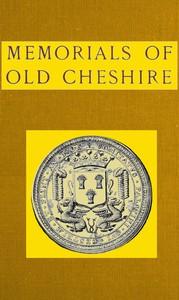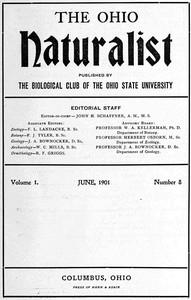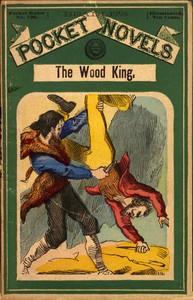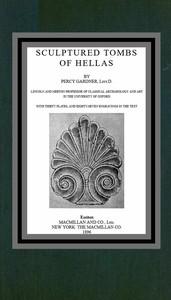|
|
Read this ebook for free! No credit card needed, absolutely nothing to pay.Words: 64297 in 23 pages
This is an ebook sharing website. You can read the uploaded ebooks for free here. No credit cards needed, nothing to pay. If you want to own a digital copy of the ebook, or want to read offline with your favorite ebook-reader, then you can choose to buy and download the ebook.

: Memorials of old Cheshire by Barber Edward Editor Ditchfield P H Peter Hampson Editor - Cheshire (England)@FreeBooksThu 08 Jun, 2023 d an impenetrable barrier between Cheshire and Derbyshire"; and he adds a remark not altogether irrelevant to the matter in hand: "There was so little agriculture that the men of Cheshire used to leave their homes and serve as harvesters in districts where corn was grown, in the same way as did Irish labourers in our own days." These copious sources of timber have long since disappeared, and the once afforested area has given place to those broad acres under cultivation now covering the county. The oldest form of rectangular house was erected in "bays," the simplest form of construction being the house of one bay. Two pairs of bent trees were set up in the ground about 16 feet apart, each pair making a sort of pointed arch, united at their apexes by a longitudinal beam. The gable end of many an old Cheshire cottage shows the persistence of this traditional type. Before bringing under review some few of the many specimens the county contains, a word or two with regard to their method of construction may not be out of place. Scarcity of stone and difficulties of transit account for this material being so sparingly used. Upon a few courses of stonework forming a plinth, horizontal beams were laid, and into these angle posts and intermediate uprights were framed. These carried the sill of the upper storey, whose floor joists were often made to project, producing the "overhang," frequently coved, which is one of the most effective features of the style. "The mayor of Altrincham and the mayor of Over, The one is a thatcher, the other a dauber"; and then follows this favourable comment on the old process: "Clay, being a non-conductor, makes a warm house in winter and a cool one in summer." Whether this "post and panel" work originally presented the study in black and white it now does, is open to question. Most likely the tarring of the timbers was resorted to rather with the object of preservation than with the intention of producing the contrasted effect between the wood and the plaster, now so conspicuous a characteristic. It may be that the dark brown and yellow ochre colour combination one sees in the corresponding manner of building on the Continent was more like the original appearance of these Cheshire buildings. Space forbids going into side issues and demands the taking into consideration some of the specimens of the "excellent work," in which the county is so rich as to make the task of selection by no means easy. Any one unable to visit the actual building and desirous of getting an idea of their peculiar charm, aye and the splendour, of these fine old halls of Cheshire, would be well-advised to turn to that artist's views of Bramall, of Adlington, and of Moreton, which constitute a trio of half-timbered treasures not perhaps surpassed by any buildings of their kind in any other county, or indeed country. On this account and because of its intrinsic interest, it is now illustrated by two sectional views and by a sketch of the interior showing the purely Gothic spirit of its open-timbered roof, and giving an idea of the massiveness of its oakwork. Her reign and that of her immediate successors constituted what may perhaps be called the classic era of half-timbered architecture. A period of not much more than a hundred years sufficed for the style to attain its zenith and reach its decline and passing in the seventeenth century. The frequency with which one comes across the royal cipher E. R. and the many corroborative arms and date panels, both in Cheshire and elsewhere, bring to mind the marvellous outburst of energy and activity that marked her times in all departments of life, one of whose outlets was in the building operations of the period, and especially in the domestic direction, some of the evidences of which we are now concerned with. England, as has been truly said, is awake after the slumber of the Middle Ages, and for a brief period the national life blazes with unprecedented brilliance and splendour. Adherence to the traditional manner of timber building in Cheshire would be accounted for and be encouraged by the abundant supplies of the requisite raw material still available; for this and the adjoining counties of Shropshire and Lancashire, where this type of building also flourished, were at a safe distance from the iron-smelting works and ship-building yards which made such inroads on the woods and forests in other parts of the kingdom. In the attractive appearance of those Elizabethan erections, that Baconian dictum , "houses are built to live in and not to look on," found plenty of contemporary refutation in the picturesque and delightful halls of this county. Free books android app tbrJar TBR JAR Read Free books online gutenberg More posts by @FreeBooks
: The Ohio naturalist Vol. 1 No. 8 June 1901 by Ohio State University Biological Club - Science Periodicals; Natural history Periodicals; Natural history Ohio Periodicals@FreeBooksThu 08 Jun, 2023

: The Wood King; or Daniel Boone's last trail by Badger Jos E Joseph Edward - Adventure stories; Missouri Fiction; Dime novels; Boone Daniel 1734-1820 Fiction; Potawatomi Indians Fiction; Kickapoo Indians Fiction; Osage Indians Fiction@FreeBooksThu 08 Jun, 2023
|
Terms of Use Stock Market News! © gutenberg.org.in2025 All Rights reserved.






